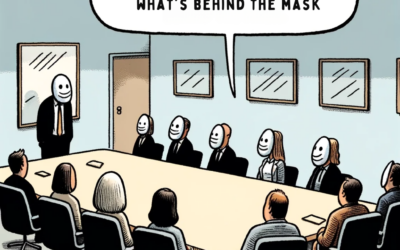The pursuit of balance is an essential element of effective leadership, and it applies to both the leaders themselves and the individuals they guide. Whether you’re an executive coach or someone seeking personal growth, understanding how to strike the right balance can unlock immense potential and drive positive outcomes.
Imagine a scenario where you’re leading a complex project involving multiple stakeholders from different departments. In an attempt to expedite progress, you may be tempted to take complete control, micromanaging every aspect and excluding your team from important decisions. However, this approach often leads to poor morale and disengagement and ultimately hinders progress on the project. By recognizing the imbalance and making adjustments, such as delegating tasks, providing clear guidance and support, and fostering collaboration, you can improve engagement levels and achieve successful project completion.
This example highlights the importance of the Goldilocks Curve, a concept that focuses on finding the optimal balance in any given situation. It’s about understanding that too much of a variable can diminish its effectiveness, while too little can prevent it from reaching its full potential. By finding that sweet spot, you can harness the power of balance to achieve remarkable results.
As a leader or an executive coach, your role is to guide and support individuals while challenging them to reach their goals. Applying the principles of the Goldilocks Curve can help you strike the right balance, providing the comfort and reassurance needed while pushing for growth and motivation. This approach ensures that individuals stay on track and make the most of your coaching services.
So, how can you apply the concept of achieving optimal balance in your leadership journey? Let’s explore a few key areas:
- Performance and Stress: There’s a delicate relationship between stress and performance. While some levels of stress can enhance focus and motivation, excessive stress leads to burnout and decreased productivity. Aim for the optimal level of stress that stimulates performance without overwhelming individuals.
- Leadership Style: Finding the right leadership style is crucial. Strive for a balance between being too authoritative and controlling, and being too hands-off or disconnected. Encourage collaboration, empower your team, and provide guidance without stifling their creativity and independence.
- Communication: Effective communication is the lifeblood of successful leadership. Seek the optimal balance between assertiveness and passive listening. Be assertive enough to convey your ideas and expectations, while also being open and receptive to others’ viewpoints.
- Work-Life Balance: Maintaining a healthy work-life balance is essential for personal well-being and sustainable success. Help individuals identify the optimal level of engagement and prioritize their well-being. Encourage them to find the right balance between work commitments and personal life to achieve fulfillment and avoid burnout.
- Risk-Taking: Taking calculated risks is essential for growth and innovation, but going to extremes can lead to detrimental outcomes. Encourage a balanced approach to risk-taking, where individuals assess potential rewards and consequences and make informed decisions.
In conclusion, the journey toward achieving optimal balance is a continuous one. As leaders and coaches, we must embrace the notion that balance is not a static state but an ongoing process. By understanding the principles of the Goldilocks curve and its application in various aspects of leadership, we can guide individuals toward reaching their full potential, fostering engagement, and driving remarkable success. So, let’s strive for balance and unleash the extraordinary possibilities it holds.When trying to determine if the Goldilocks curve applies to a specific subject in an executive coaching environment, the coach can keep the following question in mind:”What is the optimal or balanced level of [specific variable or aspect] that will maximize the desired outcome?”This question prompts the coach to consider the potential range of the variable in question and explore whether there is an ideal point or range where the subject can achieve the best results. By focusing on finding the right balance, the coach can guide the executive to assess their current state, identify any potential extremes or imbalances, and work towards optimizing their approach or behavior.
For example:
- “What is the optimal level of assertiveness in your communication style that will foster effective collaboration and relationship-building with your team?”
- “What is the balanced approach to risk-taking that will encourage innovation and growth while ensuring thoughtful decision-making and risk management?”
- “What is the ideal level of work engagement and personal well-being that will allow you to perform at your best while maintaining a healthy work-life balance?”
By considering the Goldilocks Curve concept and posing this question, the coach can facilitate the exploration and reflection necessary to identify the optimal range or point for the specific variable or aspect being addressed. This inquiry encourages the executive to find the sweet spot that aligns with their goals, values, and the overall organizational context.When have you tipped too far toward one direction and discovered a whole lot of unintended consequences?



